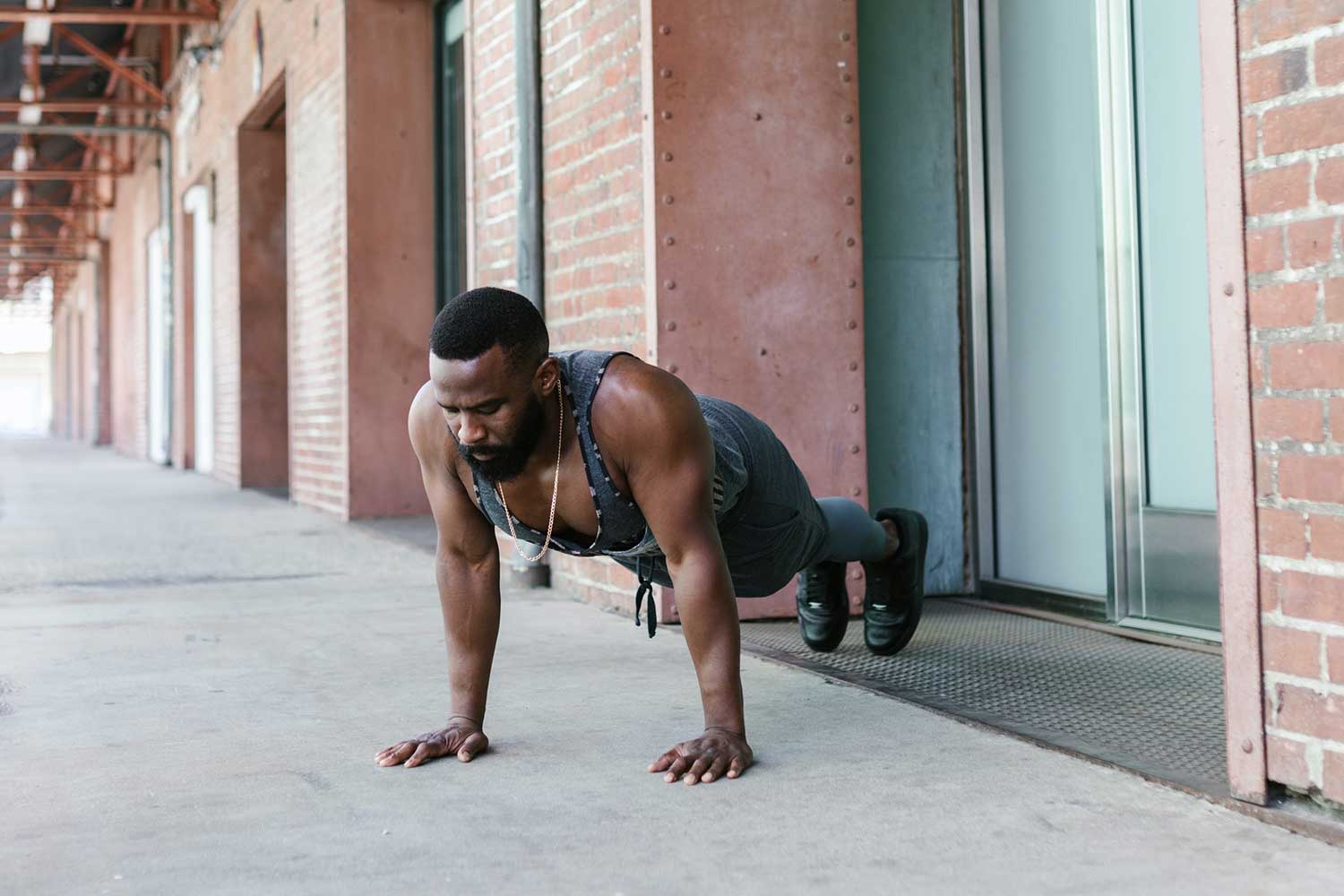Most trainers, athletes, and fitness enthusiasts have been talking about the necessity of building core strength for some time. If you have a strong trunk or torso, which is considered your core, you will have increased over-all strength, better balance, and improved flexibility. Solid core strength will come in handy for just about every sport, from mixed martial arts and swimming to golf and tennis. In addition, core strength will come in handy doing chores, yard work, and other daily tasks (Photo by RODNAE Productions).
A strong core begins with good posture. Stand up straight and tall – keep your shoulders back, don’t slouch, pull your belly button into the spine and lower back. Now and then ask your partner, trainer, or massage therapist to evaluate your posture honestly. Improving poor posture is like starting a new habit, it takes time and practice, but you’ll catch on if you persevere. You should also notice less lower back, neck and shoulder pain as posture improves!
Developing the muscles of your core will protect your spine and help prevent back injuries. Back injuries and lower back pain are the main reason why people skip out on work and the gym! So, which are your core muscles? Your abdominals including your obliques (your sides), upper and lower back (deltoids and rhomboids), hips (gluteal, hip flexors, psoas) outer and inner thighs (abductors and adductors), hamstrings, the pectorals and triceps to some extent, and a whole host of deeper muscles you’ll never see, make up your core. Training your core should be an essential part of everyone’s program.
Just as maintaining good posture is vital for core strength, so is maintaining good form when you are stretching, doing cardio and especially when you are weight training. Review your form with each weight training exercise. Be careful not to rush, jerk or swing your weights. Significant core strength can be achieved simply by doing what you’re already doing- maintaining good form when you’re lifting weights.
To focus on the core, start out simply by working out on a Swiss Ball. Exercising on an unstable surface can help develop strength and steadiness in several muscles of the core at once. For example, instead of doing overhead dumbbell military presses seated on a bench, steady yourself on a Swiss ball and then perform the exercise. When performing dumbbell flies, situate yourself by lying across the ball and then do the exercise. There are tons of ways to work abdominals on a Swiss ball – crunches, reverse crunches, bent knee leg lifts. Just make sure that you have learned to steady yourself before you add weights to the exercises. Swiss Balls can also come in handy at the office. Throw away your office chair and replace it with one of these, and you’ll be working your core as you work at your desk.
Core training is fun and simple, and you don’t need to be in a gym. Swimming and stretching on the beach, taking a group class in stretching or Pilates are all ways to train and strengthen those most important core muscles.














